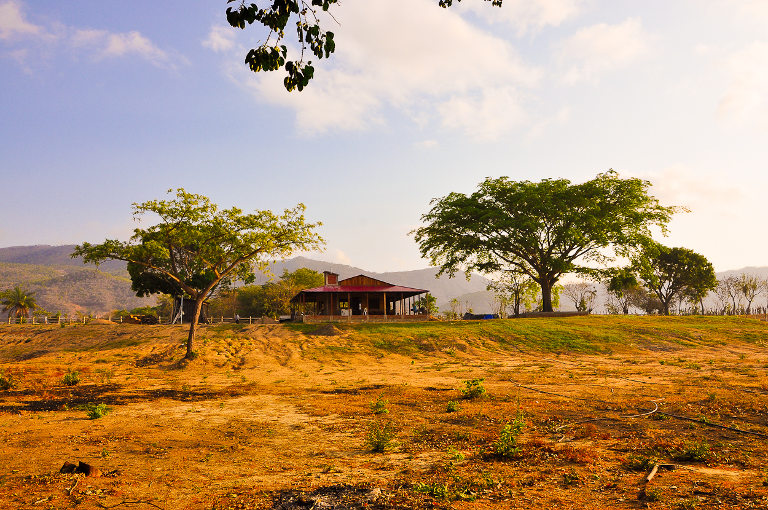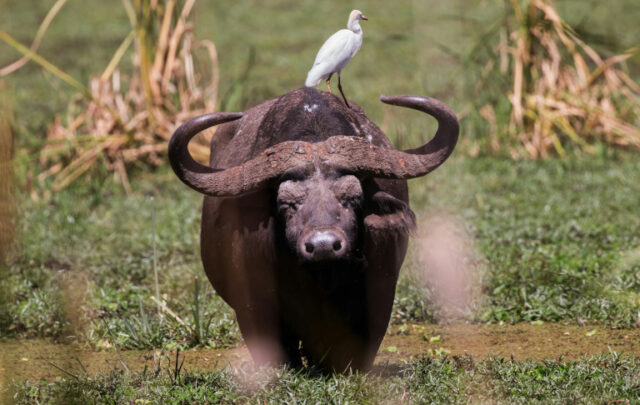Ed. note: This piece originally appeared in Spanish in La Jornada, April 25, 2023. The English translation is by Jane K. Brundage.
I discovered the campesino world in the years 1970-71, while in charge of the Tropical Biology Station of the UNAM [National Autonomous University of Mexico], in Los Tuxtlas, Veracruz.
At the age of 25, I organized two field courses in the surrounding ejidos. It was an act of academic transgression in which we analyzed the role played by campesino communities engaged with their jungle environment. Our first course was about traditional knowledge of jungle plants and animals.
VME Note (by Jane K. Brundage, translator):
The standard translation of campesinado is peasantry, which completely ignores the cultural context. To establish that context, we turn first to el campo, the countryside, then to the campesino — a person linked to el campo where crops are grown. Before the Spanish arrived, campesinos were highly esteemed as stewards of the land responsible for producing the community’s life-sustaining foods. Campesino is often translated as peasant, which derives from Northern European culture and is indifferent to the cultural context of the Mexican Spanish word. For these reasons, we have chosen to retain the original Spanish terms. Mexico has two forms of indigenous land ownership: communities and ejidos. In both forms, the lands are owned and worked collectively. Communal lands were granted (back) to indigenous communities by the Spanish king after the Conquest. Ejidos developed as the government’s response to the strident demands for land reform made by campesinos who had fought in the Mexican Revolution (1910-1917). To satisfy those demands, the government expropriated lands from large landholders and awarded them to indigenous communities.
That experience was the ignition point for the development, decades later, of the new fields of rural metabolism and ethnoecology, now recognized worldwide. Above all, it radically changed my way of looking at the world. To the young middle-class man from Mexico City, a shy inhabitant of the Narvarte neighborhood, was revealed a universe full of unknown values of natural women and men that today are defined under the concept of communality.
This revelation not only allowed me to assess the enormous significance of the 1910-17 Revolution as a re-campesination and reindianization of the country, but also committed me forever to the defense of that world, which I consider the nation’s civilizing and spiritual reserve. New studies along these lines followed in Uxpanapa, the Lake Pátzcuaro Basin, Totonacapán, the Lacandona jungle, the Purhépecha Meseta | Mesa, the northern Sierra of Puebla, the Tehuacán Valley, and many others.
In 1992 we made fierce criticisms of Carlos Salinas de Gortari’s anti-campesino, mercantilist, and privatizing reforms in the Unomásuno [One-plus-one] newspaper and other forums. During the long neoliberal night of more than three decades, the ejidos and indigenous communities resisted in a thousand ways the predatory attacks of capital and the State, creating hundreds of organizations at community, municipal and regional levels for the defense of the territories, communal practices and rural culture.
With the government of the 4T, a radical change in favor of campesinos took place on four fronts:
- The first front has been the set of programs in SADER [Secretariat of Agriculture and Rural Development] headed by Production for Well-Being that shifted support 180-degrees toward small (one to five hectares | 2.47 to 12.35 acres) and medium (up to 20 hectares | 49.42 acres) producers. This program offers support to more than 2,145,000 producers of corn, beans, bread-making wheat and rice, amaranth, chia, sugar cane, coffee, cocoa, nopal and honey, complemented by the technical support strategy, that is, EAT — Estrategia de Acompañamiento Técnico. The EAT has 2,310 field schools in 500 municipalities that have already trained 84,000 producers and today serves another 125,000 in agroecological, social and solidarity economy practices.
- The second front is Sembrando Vida | Sowing Life, which serves 455,000 producers (70 percent) and women producers (30 percent) from more than a thousand municipalities and has created 18,000 cooperatives, each with a nursery, an irrigation system, and a biofactory.
- The third front is educational. Here, the continuity of the Intercultural Universities and the 140 campuses of the Benito Juárez Universities stand out. In both cases, degrees are offered in agroecology and sustainable rural development in remote regions for young people from campesino and indigenous communities.
- Finally, the new CONACYT [Council of Science and Technology] policy promotes innumerable studies on campesino knowledge, proper management of natural resources, participatory land use planning, agroecology and more.
After four years, all these government actions have fostered an atmosphere of hope and recovery of community values. The response has been faster than expected: dozens of regional and state assemblies culminated in the National Agrarian Convention on April 10 in Mexico City, which brought together 5,000 communal and communal authorities from 20 states, and whose manifesto, the recovered campesino voice, reverberates again a century later.
I conclude with a few paragraphs from the manifesto:
“Faced with such a situation…, we have organized the diverse campesino proposals in order to analyze them, agree on them and subscribe to them in this first National Agrarian Convention, which takes place precisely on the 104th anniversary of the assassination of General Emiliano Zapata. We have convened, on this emblematic date and in the country’s capital, to raise the Zapatista flag, and put forth a new agrarianism that recognizes the contribution of the campo to the country’s history, economy, culture, and sovereignty.
“May it translate into public policies that effectively promote food sovereignty, bring well-being to rural residents and preserve natural resources. Under the banner of New Agrarianism, we reclaim the campesinado as an indispensable participant in the country´s development, and restore the agrarian nuclei and their representative bodies as guardians of the social property of the land and territories”.
Teaser photo credit: Ejido in Cuauhtémoc. By Eduardo Robles Pacheco from Tapachula, Chiapas., México – En el ejido Cuauhtémoc (28), CC BY 2.0, https://commons.wikimedia.org/w/index.php?curid=38271769





